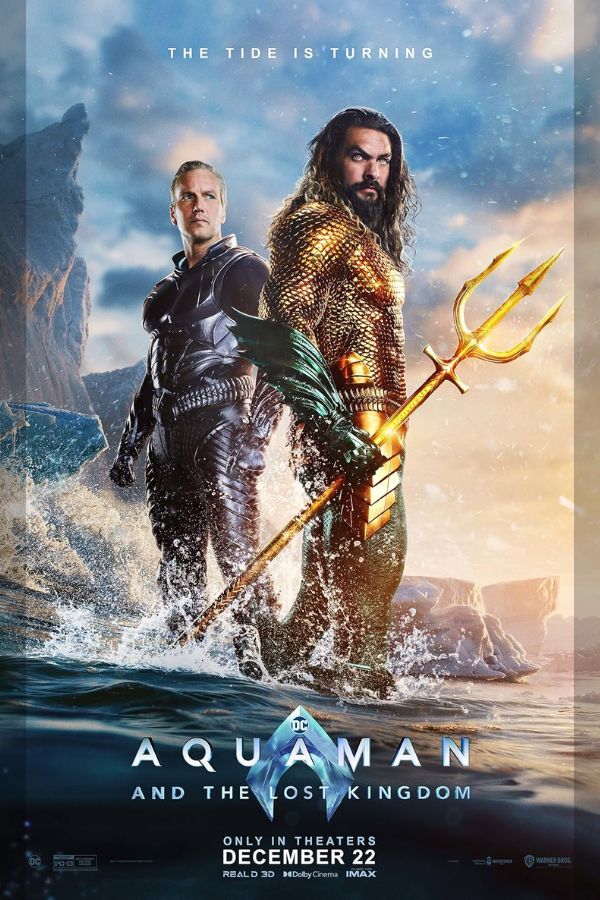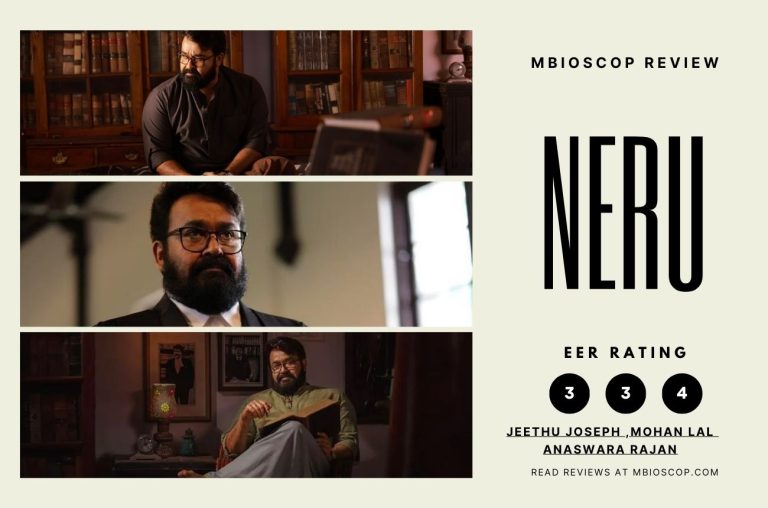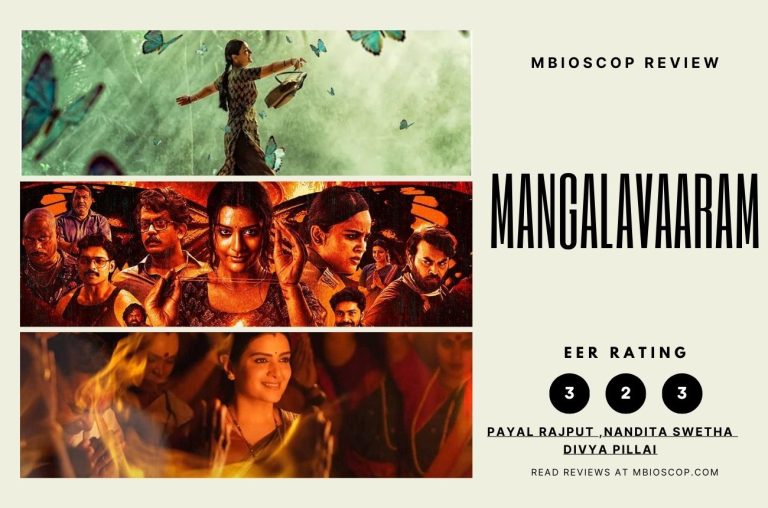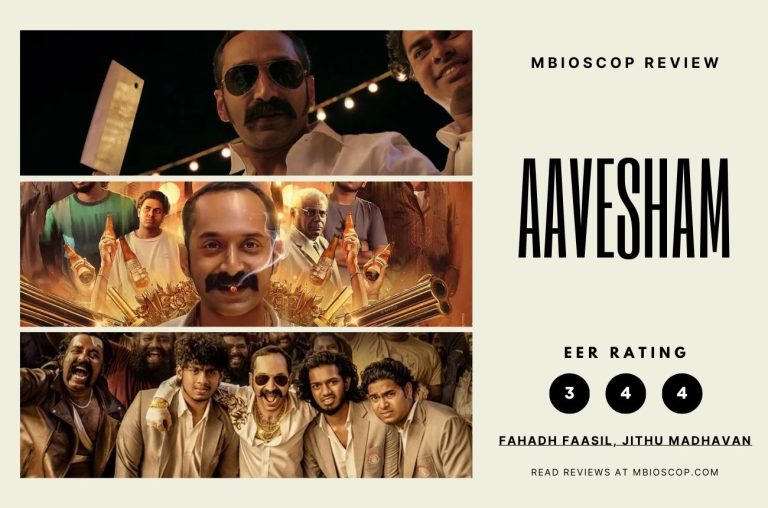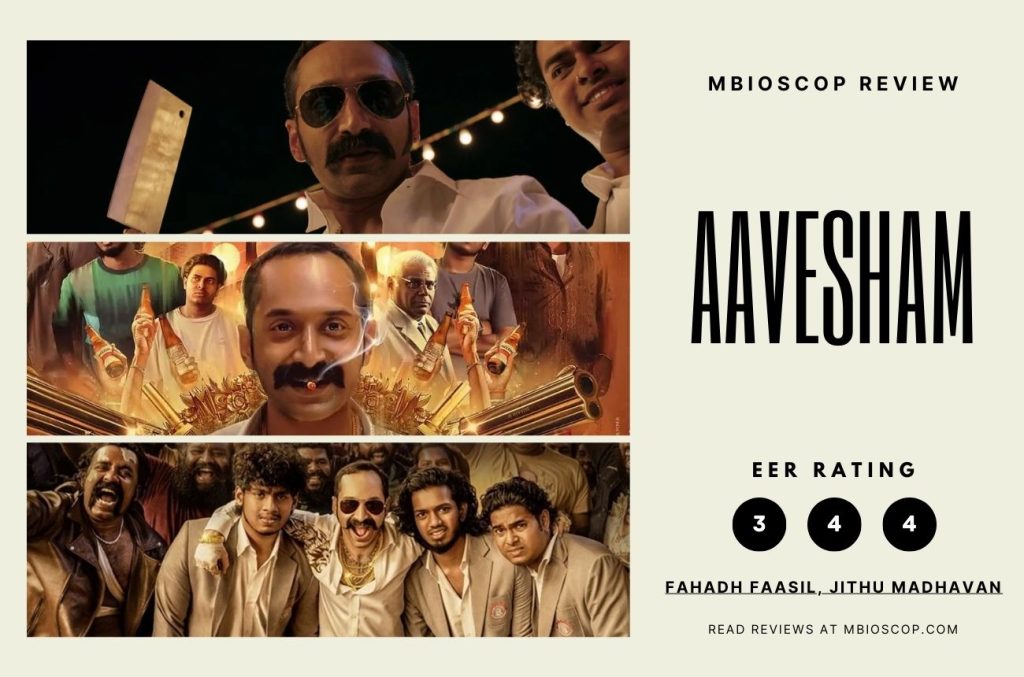In the vast sea of cinematic critiques, an in-depth analysis has been conducted on Aquaman 2: Lost Kingdom, navigating the film through the STAR framework—Storytelling, Production, Dollar Store comparisons, Aquatic Immersion, and the Juan Touch. This provides a comprehensive understanding of James Wan’s latest contribution to the DCU.
The film’s narrative complexity becomes a focal point, with the audience left grappling with an identity crisis. Aquaman 2 is portrayed as a melting pot of genres, from buddy comedy to drama, creating a disjointed viewing experience. A cohesive path struggles to be found, and the mishmash of tones and themes is evident.
Behind-the-scenes chaos takes center stage as early screenings gone awry and necessary reshoots are explored. The suggestion of characters reading off cue cards adds an intriguing layer to the analysis, hinting at a rushed production process that may have impacted the final product.
Comparisons to Dollar Store items, such as the mummy from Tomb of the Dragon Emperor and a Warhammer character, vividly illustrate the film’s perceived shortcomings. The pacing is criticized, calling for a longer runtime to allow crucial scenes the breathing room they need.
The film’s underwater CGI undergoes scrutiny, with instances highlighted where the illusion is shattered as characters stand or sit around as if on land. The lack of fluidity in underwater scenes and questionable 3D effects are pointed out as immersion-breaking flaws that hinder the film’s overall visual experience.
A major disappointment is the sidelining of Black Manta’s Revenge Quest. Despite anticipation for character development, the focus shifts to a lesser-known villain, leaving Manta’s arc feeling overshadowed and incomplete.
Amber Heard’s role becomes a point of contention, with her character’s impact suggested to be minimized. The lack of development for supporting characters contributes to the overall sense of a film filled with “nothing burgers.”
Despite the criticism, director James Wan earns some praise, particularly for a scene highlighting Black Manta’s menacing red eyes. This moment is seen as a glimpse of Wan’s unique directorial touch, standing out in an otherwise lackluster movie.
Aquaman’s character arc undergoes scrutiny, with disappointment expressed over the retcon of his established desires and motivations. The once-reluctant king now appears indifferent, raising questions about the coherence of his character development.
Aquaman 2: Lost Kingdom is deemed a film with too much happening and not enough time to explore its myriad elements. The analysis dismisses it as the “funeral of the DCU,” suggesting that the film may not leave a lasting impression on viewers.
In navigating the turbulent waters of the DCU, Aquaman 2: Lost Kingdom faces its fair share of challenges. The STAR framework provides a thought-provoking breakdown of the film’s strengths and shortcomings, offering audiences a comprehensive perspective on the state of Aquaman’s kingdom. Whether a die-hard DCU enthusiast or a casual moviegoer, this analysis sparks contemplation on the future of the cinematic universe it inhabits.


